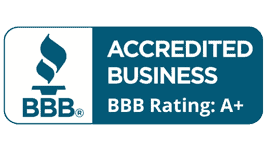Ten Types of Fencing
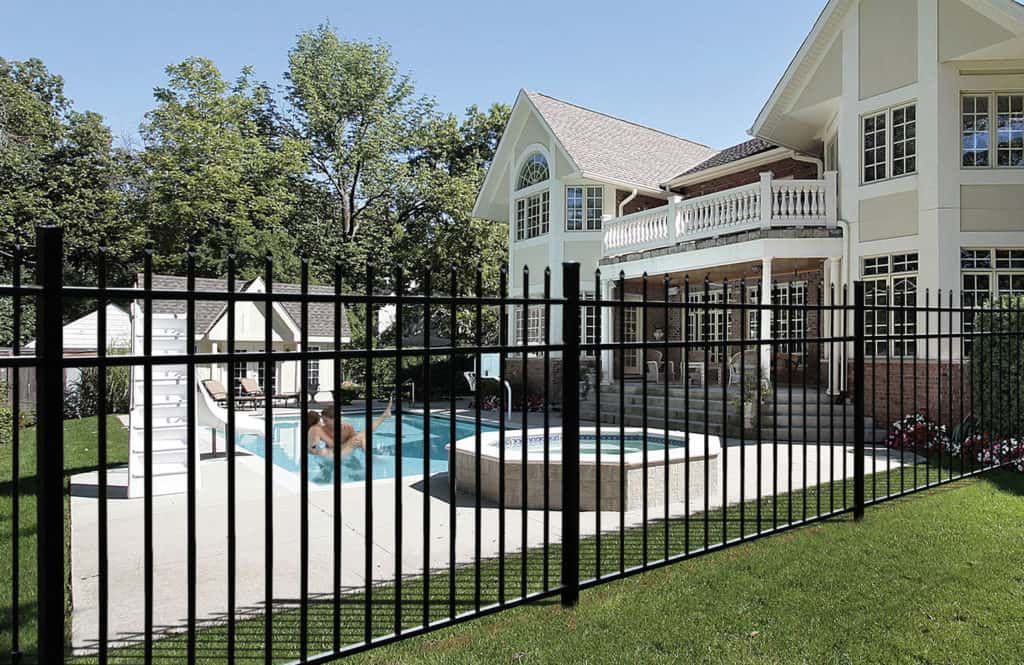
Almost everywhere you go, there is a fence. Fences are commonly installed outside offices, in backyards, around gardens or pools, and various other places for many different reasons. Fences are usually built mainly to establish boundaries.
Fencing is a visible defense. The sight alone tells any outsider that beyond it is an area that should not be trespassed. Aside from keeping unwanted visitors from intruding, it also protects people, pets, plants, and valuables from potential threats. Although a fence does not make the area theft or crime-proof, it hinders a criminal by requiring extra effort to go over the fence to commit a crime. Additionally, it protects a home from wild animals from coming into your property and keeps children from going out unnoticed.
Some fences also add to the aesthetic value of a house. With the variety of fencing available to choose from, there is no need to worry about a fence destroying the appearance of your home. The right fencing can help a home look more put together. With strategic planning, a fence can help make a house look fancier without compromising its usefulness.
Since fences are the first bulwark of how visitors receive a house, it is the first line of defense in security. Knowing about their types means knowing how to package and secure your home. Here are ten types of standard fences:
1. Cedar Fence
Cedar is a group of conifer trees and is extremely durable. Fences made of this material are known for the privacy it brings due to its closely knitted planks. It also boasts the qualities of being long-lasting and naturally resistant to decay and insects. However, because the wood in this type is not normally treated, the cedar boards are susceptible to rot or deterioration if in contact with soil. Over time, cedar will tend to discolor into a silver-gray if not regularly maintained by plank replacement or sealant application.
2. Vinyl Fence
Vinyl remains a top choice among all types of fencing. However, it is more expensive than other types of fencing, which is understandable considering its material. Vinyl is more robust and more flexible in comparison to other materials. Installation cost is where most people shy away from, but because vinyl is maintenance-free, it is inevitably an excellent choice in the long run.
3. Composite Fence
A combination of wood fibers and plastic polymers, this type of fence is all about the natural look while maintaining the quality of being degradation-free. The wood fiber gives it a ligneous appearance, and the plastic polymers are responsible for countering insect and soil degradation. With this, composite fences tend to be a bit more expensive than the first two, although its maintenance only needs to be an occasional sprinkling of plain water to clean it out.
4. Teak and Redwood Fence
Teak, along with redwood, is similar to cedar in that it resists insect decay and other possibilities of change due to outdoor factors. Teak and redwood remain superior in their innate softness and radiance, something that is meticulously maintained with the application of a penetrating sealer or oil every year. Because of that, these two are also high up on the cost.
5. Metal Fence
No other type has a more varied selection of appearance and style other than the metal fencing. From classic to contemporary, metal fences offer various choices while giving the homeowner the durability they desire. But of course, this combined durability and appearance does not come without a price of constant maintenance. Prolonging wrought iron means sanding and repainting every two to three years. And it may not sound much, but with the added fact that this is custom-made, price and maintenance should be a carefully considered factor.
6. Treated Wood Fence
Treat wood fences are similar to cedar fences only that it has been upgraded to having a treatment. If the cedar fence resisted insects but is susceptible to degradation brought by the soil, you no longer have to overthink the moisture destroying your fence with treated wood. On the contrary, what you may have to think of carefully is lumber’s choice as it can be very easy to receive an already damp or green material when buying in bulk.
7. Masonry Fence
Bricks, stones, cement, concrete, and all else that fall with them are the different masonry fence types. Apart from its obvious weight constraint, masonry is one of the classes to need the most professional attention, therefore inflating the cost. Whether to counter the steep price of this masonry fencing or to fulfill the aesthetics in a certain way, most homeowners prefer to combine masonry with other fence types such as the wrought iron.
8. Chain Link Fence
While fences are supposed to be protecting what’s inside, the chainlink fence has an amusing way of pulling off this function. Because of its appearance, this type of fence does not do in covering what’s inside. But to its credit, it does its job when it comes to disallowing someone or something from going out or in the protected area. It’s one of the most economical choices while still maintaining a sense of security in your home area.
9. Barbed Wire Fence
A type of fence mostly found in and used in commercial, farming, or military areas is the barbed wire fence. True to its function, the barbed wire fence keeps the outsiders out and the insiders in. It is most commonly used in farms where animals are prevented from going out using barbed wire. Not only is it economical, but the barbed wire is also a choice most functional in low maintenance circumstances such as these.
10. Electric Fence
Also called invisible fences, an electric fence is a type of fence that’s more high-end in its approach. It involves the placement of a thin wire along the area chosen to be fenced and a wireless transmitter arrangement. This type is commonly used for keeping animals; a third item used is a battery-powered collar placed on the pet. This collar rings when proximity is triggered.
Generally, there’s quite a wide variety for anyone who wants to ensure the safety of their own homes or even their pets leisurely running around in the backyard. But just as reassuring it is to have a fence to shield you, it also matters greatly when you know what type of fence you use to complete the look of your property and, at the same time, protect you.
Please contact Solid Structures to answer any of your fencing questions or for a free consultation to transform your backyard. We proudly serve Virginia Beach, Chesapeake, Norfolk, and beyond.

Written By Scott Prunty
Scott Prunty is the president of Solid Structures. Throughout his 15 active years in the Design-Build Outdoor Living industry, he has earned various certifications in the areas of ICPI Residential, ICPI Advanced Residential, ICPI Commercial, PCIP, and is an ICPI certified instructor.
- 15 years actively in the Design-Build Outdoor Living industry
- ICPI certified Instructor
- ICPI Residential, ICPI Advanced Residential, ICPI Commercial, and PCIP certified
- Imagine Pools certified installer
- Fluidra certified installer
- Trex Platinum Pro
- Avid saltwater person, boating, diving, surfing, fishing
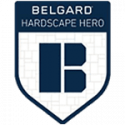
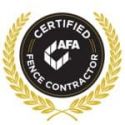

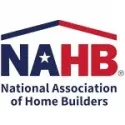

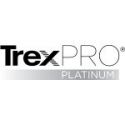
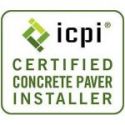

Outdoor Living Redefined. Solid Structures offers full service design build capabilities all under one roof.
179 S Birdneck Rd
Virginia Beach, VA 23451
Serving Areas
- Chesapeake, VA
- Suffolk, VA
- Portsmouth, VA
- Norfolk, VA
- Virginia Beach, VA
- and surrounding areas
Hours of Operation
- Mon - Fri: 8:00am – 5:00pm
- Sat - Sun: Closed
-
Weekends by Appointment Only
Outdoor Living Redefined. Solid Structures offers full service design build capabilities all under one roof.
© 2025 Solid Structures - All Rights Reserved.










